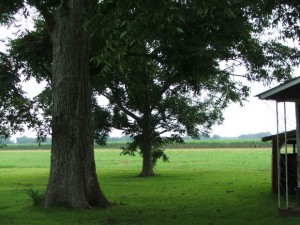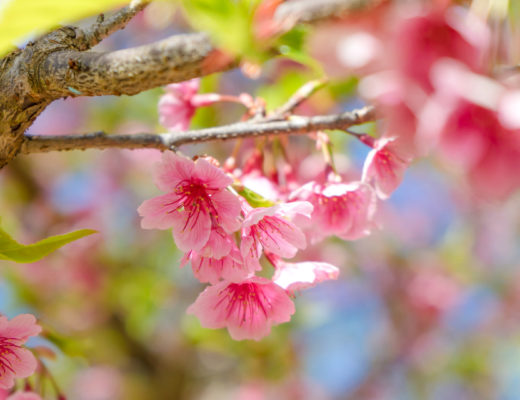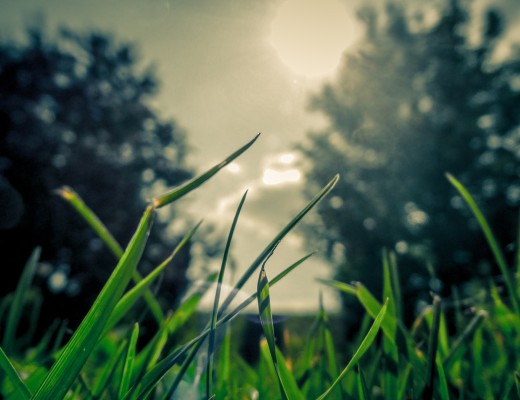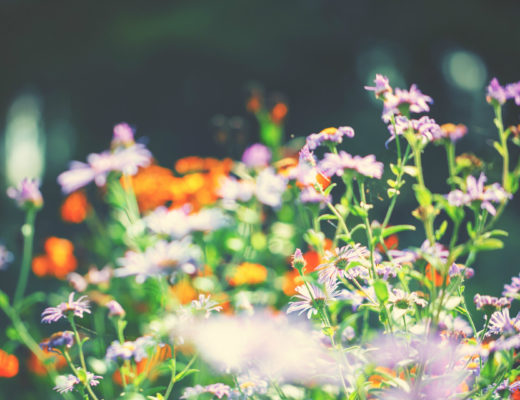 Don’t get me wrong, I love trees. I’ve never actually been caught in the act of hugging any, to be sure. But neither will you ever catch me with a yard without trees. I just couldn’t imagine warming up to a landscape without them. The importance of the vertical element they supply in landscape design is not to be underestimated.
Don’t get me wrong, I love trees. I’ve never actually been caught in the act of hugging any, to be sure. But neither will you ever catch me with a yard without trees. I just couldn’t imagine warming up to a landscape without them. The importance of the vertical element they supply in landscape design is not to be underestimated.
But now that I’ve established my credentials as a lover of trees, let me state what I really set out to say when I sat down to write this blog post today. Large trees, as indispensable as they are, pose an awfully difficult challenge in landscaping — unless that’s all you wish to grow in your yard.
Planting under evergreen trees is notoriously tough. Many homeowners struggle with bare spots under eastern white pines, since the trees have shallow roots that suck up all the available moisture. Because of these scorched-earth tactics, folks have a hell of time growing grass there. Only the most virulent of ground cover plants, such as sweet woodruff, are up to the challenge.
If it were just a question of what can be planted directly under a tree’s canopy, that would be one thing. But it doesn’t end there. You also have to worry about the amount of space consumed by the shadows cast by trees. If you have large trees along the perimeters of a small property and you’re trying to garden with full-sun plants somewhere in the middle, you may have to acknowledge the negative impact that morning shading (from the east) and late-afternoon shading (from the west) is having on your flower bed.
Then there are little things that are so easy to overlook. For example, I have some perennial flowers growing under a Kwanzan cherry tree (which isn’t even very large, as trees go). In the case of my candytuft, at least, I now realize that this was a landscaping mistake on my part.
Candytuft boasts brilliant white flowers, which constitutes the main reason for growing this perennial. The flowers don’t last long, so you really need to enjoy candytuft’s floral display while you have the chance. And what kind of background do white flowers look best against? Why, a dark one, of course. Well, as luck would have it, guess what time the Kwanzan sheds its light-pink flowers? At the very time when candytuft is coming into bloom, that’s when. So the ground in this area, which otherwise would be a dark color — the perfect contrast for the brilliance of candytuft’s flowers — is instead littered with bright cherry blossoms.
It just doesn’t seem fair. But then again, that’s what happens when you ignore the 800-lb. gorilla in the yard — or, as in the case of a relatively small tree such as my Kwanzan — even the 200-lb. gorilla!



